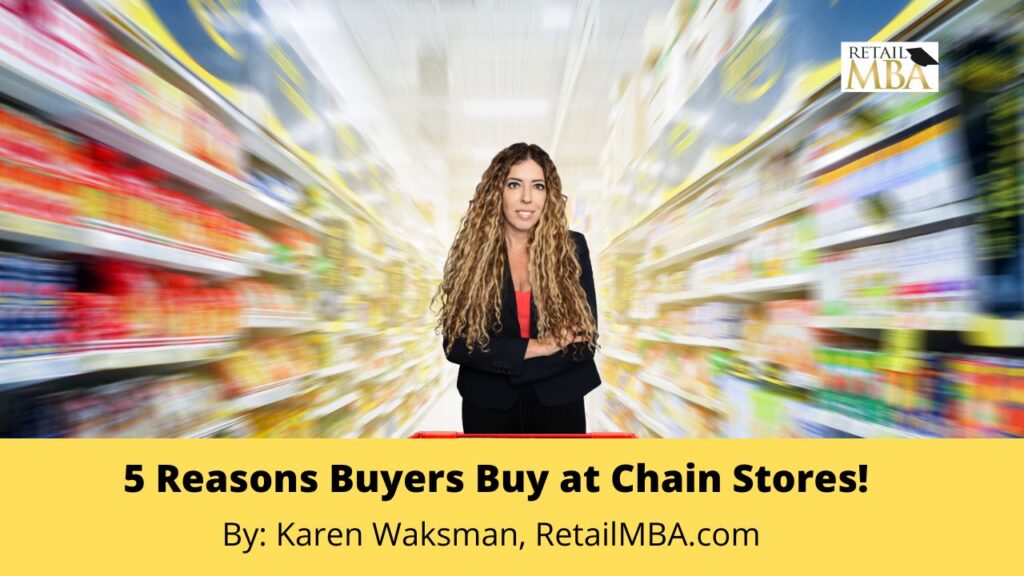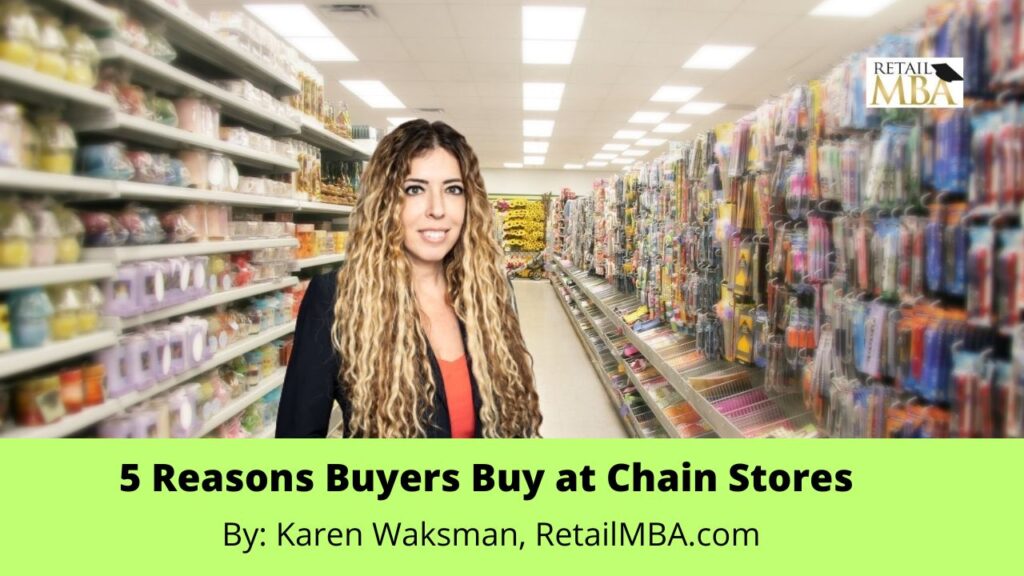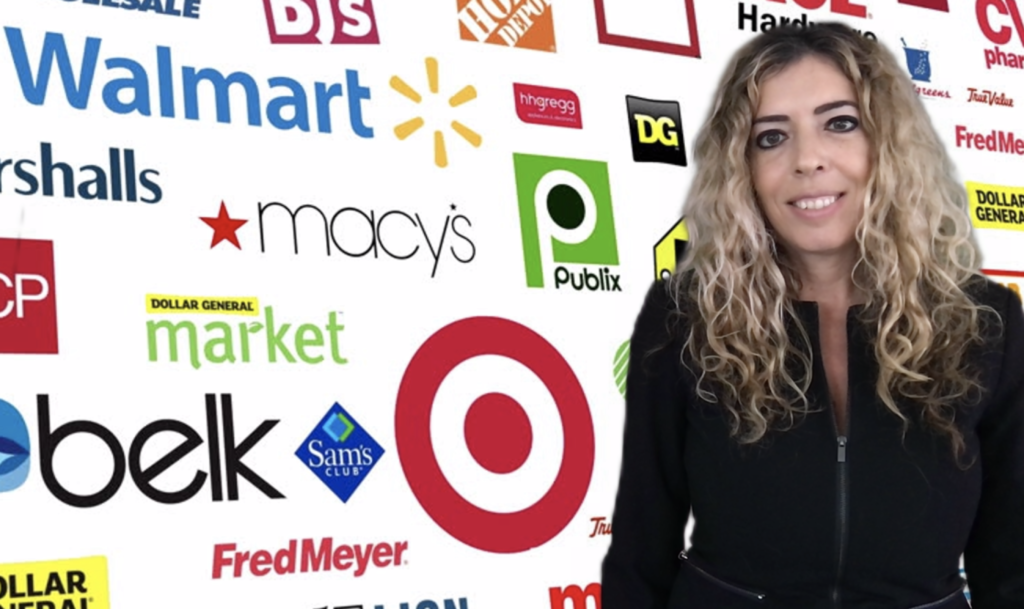Looking to get your product on the shelves of stores? While it may seem difficult, Karen Waksman, the founder of Retail MBA sheds light on five reasons why buyers might be hesitant to buy your product now!
Packaging
The first potential roadblock could be your packaging. It’s crucial to ensure that your packaging is professional and meets the standards set by stores. According to Waksman this is a issue. However she emphasizes that overlooking packaging considerations can lead to losses. In fact a minor adjustment, in packaging could make all the difference between achieving millionaire status or not.
Pricing
Pricing is another factor that can deter buyers from showing interest, in your product. Some retailers have price points they adhere to. If you can’t meet those requirements it may hinder collaboration. Nonetheless Waksman assures that there are strategies and alternatives to help you achieve the desired price point.
Value Proposition
The third reason buyers might hesitate is if they fail to see any value your product brings compared to what they offer or carry in their stores.
According to Waksman there is a distinction, between buyers who have day jobs and entrepreneurs. He acknowledges that many people have day jobs and pursue endeavors on the side. The reason he mentions this is because submitting paperwork to vendors can be quite daunting for those with day jobs. Sometimes they may not feel motivated to fill out the paperwork if they find the product being presented to them impressive compared to what they already have in their stores.
Lack of Follow Up
Furthermore Waksman emphasizes that improper follow up can also lead to a lack of interest from buyers. If a buyer expresses interest, in your product and requests a sample it is crucial not to delay in sending it. Buyers are often pressed for time. There is a possibility of them changing positions within two weeks or so in chain store environments where such transitions are common.
Getting your product on store shelves can sometimes be challenging, especially if the buyer is not interested in terms or fees. According to Waksman buyers hold the power in these situations. They will inform you about any fees or issues. Established brands are focused on filling their shelves. Don’t have time for games. Everything is communicated upfront so it’s essential not to delay. If you find that the terms provided by the buyer aren’t suitable and won’t help you make any profit it’s crucial to find a solution otherwise they may choose not to continue working with you.
If you’re wondering how to get your product into stores don’t worry—it’s possible, with the strategies and determination. Waksman assures that there is always a way to capture a buyers interest for unconventional products. If you truly desire it there will be someone to guide and support you throughout the process.
If you’re interested, in learning more about how to get your product sold in stores Waksman provides webinars on her website, RetailMBA.com.
Outline of How to Get Your Product in Stores - 5 Reasons Buyers Don't Buy at Chain Stores!
Getting your product on the shelves of chain stores can feel like a task. However understanding why buyers might not be interested, in your product can help you overcome these challenges and successfully place your product in stores. Karen Waksman, the founder of Retail MBA has highlighted five reasons that could hinder your progress. In this article we will explore these reasons. Provide solutions to help you navigate the world of retail.
Reason 1 – Insufficient Packaging
If your packaging falls short buyers may not show interest in your product. According to Waksman many excellent products have lost amounts of money due to packaging. To avoid this setback it’s crucial to ensure that your packaging looks professional reflects your brands identity and meets the standards set by stores.
Solution – Invest in High Quality Packaging
Collaborate with a packaging designer who can create eye catching packaging that grabs attention on the shelf highlights the selling points of your product and appeals to your target audience. Additionally make sure that your packaging is functional easy to open and provides protection for your product during shipping and storage.
Reason 2 – Incorrect Pricing
Buyers may lose interest, in your product if its pricing does not align with their expectations or those of retailers.According to Waksman it’s important to note that certain retailers have price thresholds. If you’re unable to meet those requirements it may hinder your ability to collaborate with them.
Solution – Conduct Market Research and Adjust Your Pricing Strategy
Thoroughly analyze the market to gain insights, into the price points of products. Utilize this information to develop a pricing strategy that allows for a profit margin while aligning with the retailers expectations. It’s crucial to be prepared for negotiations and consider alternative pricing strategies, such as offering volume discounts or promotional deals.
Reason 3 – Insufficient Value Addition
Potential buyers might not show interest in your product if it doesn’t provide a clear value addition compared to the existing products on store shelves. Waksman explains that buyers already have schedules and may hesitate in dealing with paperwork associated with new vendors if there isn’t a compelling value proposition.
Solution – Craft a Compelling Value Proposition
Identify the selling points that distinguish your product from competitors. Highlight these features in your marketing materials and product presentations when engaging with buyers. Demonstrate how your product can benefit their store whether its through increased sales, enhanced customer satisfaction or filling a need, in the market.
Reason 4 – Lack of Timely Follow up
If a potential buyer shows interest, in your product but you fail to follow up with them their interest might wane. Waksman emphasizes the significance of taking action since buyers often change roles within a company.
Solution – Act Persistently in Your Follow up
When a buyer requests a sample or more information make sure to send it to them soon as possible even opting for overnight shipping if necessary. Keep the lines of communication with the buyer. Be ready to address any concerns or queries they may have.
Reason 5 – Reluctance to Accept Buyer Terms
Buyers may lose interest in your product if you are unwilling to accept their terms, including fees and other requirements. Waksman explains that established brands need their store shelves well stocked and don’t have time for vendors who’re unwilling to collaborate within their parameters.
Solution – Be Flexible and Prepared for Negotiation
Familiarize yourself, with the fees and terms associated with working with a retailer. Be prepared to negotiate and come up with solutions that accommodate the buyers requirements while still maintaining a business approach.
Check Out Our Additional Blog Posts Here:
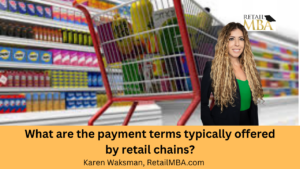
Retail Terms
Retail Terms – What are the payment terms typically offered by retail chains? Click Here to Learn More!
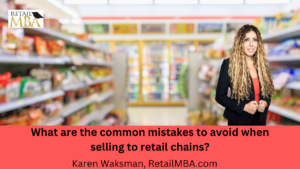
Retail Vendor
Retail Vendor – What are the common mistakes to avoid when selling to retail chains? Click Here to Learn More!
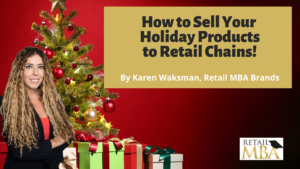
How to Sell Your Holiday Products to Retail Chains
New Training on How to Sell Your Holiday Products to Retail Chains


Ulta Beauty Vendor
Ulta Beauty Vendor – How to Sell to Ulta Beauty Stores. Click Here to Learn More!
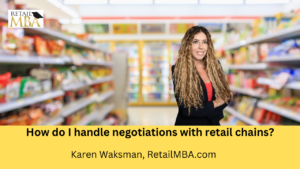
Retail Strategy
Retail Strategy – How do I handle negotiations with retail chains? Click Here to Learn More!

